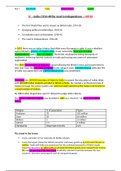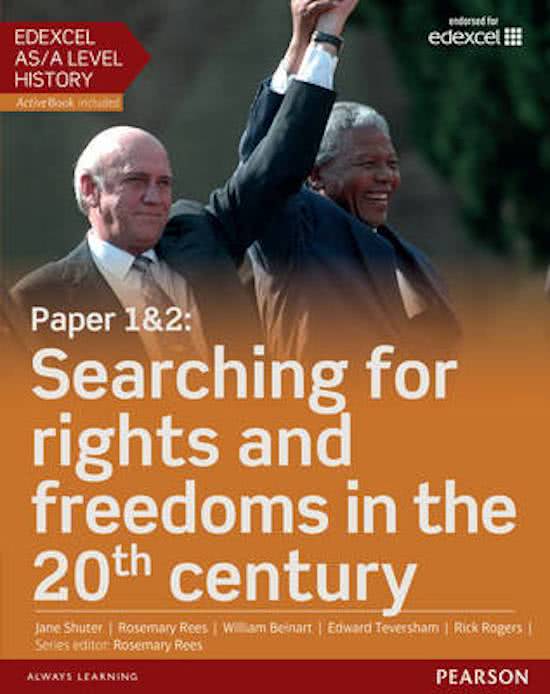Key = Key Vocab Facts Names/Places Quotes
2F – India c1914-48 the road to independence – NOTES
The First World War and its impact on British India ,1914-20
Changing political relationships ,1920-30
Consultation and confrontation ,1930-42
The road to Independence ,1942-48
In 1857 there was an Indian Mutiny that killed every European in sight. It was a rebellion
against Britain’s process of Anglicisation, it was named the “First war of Indian
independence” and a “war of religion”. The British retaliated by killing thousands of
mutineers, enforcing harsher controls on India and issuing new waves of attempted
anglicisation.
The 1858 ‘Government of India Act’ passed allowing the British Crown and Government to
take over from the East India Company in the ruling of India. A British Viceroy (effective PM
of India was appointed) and a British Beaurocracy was established.
McCauley the 1870-80 Secretary of State for India increased the education of Indian elites
with 200,000 Indian students enrolled in British schools, he created a professional class of
Indians through the justice system and controversially opened up the Indian Civil Service to
a small number of Indians.
By 1883 Indian Magistrates weren’t allowed to judge white citizens.
The Indian National Congress was founded in 1885 as a result of ^ by Bose and Motilal
Nehru.
Religion % of population Figure
Hinduism 70 210 million
Islam 20 60 million
Sikhism 5 15 milion
Jainism 1.5 4 million
Christianity Dispersed minority N/A
The Jewel in the Crown
It was a provider of raw materials for British industry
It was the largest market for British consumer and luxury goods eg by 1913 £40,729 just on
textiles. Trade with India was paramount for the continued prosperity of British staple
Industries therefore by 1882 tariffs on all imported British goods were reduced from 3.5% to
0% and the opening of the Suez Canal drastically reduced travel time between the two
countries, therefore reducing the costs of transported goods.
, Key = Key Vocab Facts Names/Places Quotes
The Indian army was a career structure, wage-payer, no cost to British taxpayers and helped
to safeguard Imperial trade and communications, India’s borders and internal scrutiny.
India provide direct employment for British ex-pats through the Indian Civil Service.
By 1910 India received £365 million of British overseas investment, half of which was use to
subsidise railway development and tea and coffee plantations.
India’s landmass helped to make the British Empire the largest, the economic benefits India
provided and its army gave the Empire its power and prestige (in 1876 Victoria was named
Empress of India).
Changes to the Political Governance of India
Progression vs Oppression in India pre-WW1
Progression Oppression
By 1905 Lord Curzon oversaw the laying of The Viceroy was appointed by
6000 more miles of railway track. Westminster not democratically voted in
by the Indian population.
Curzon appointed a Director-General of The Secretary of State was advised by the
archaeology to preserve and conserve India’s Council of India, none of whom were
culture. Indians.
Britain constructed 40,000 miles of railways, Curzon divided Bengal into two provinces
70,000 miles of surfaced roads, telegraph creating mass unrest.





